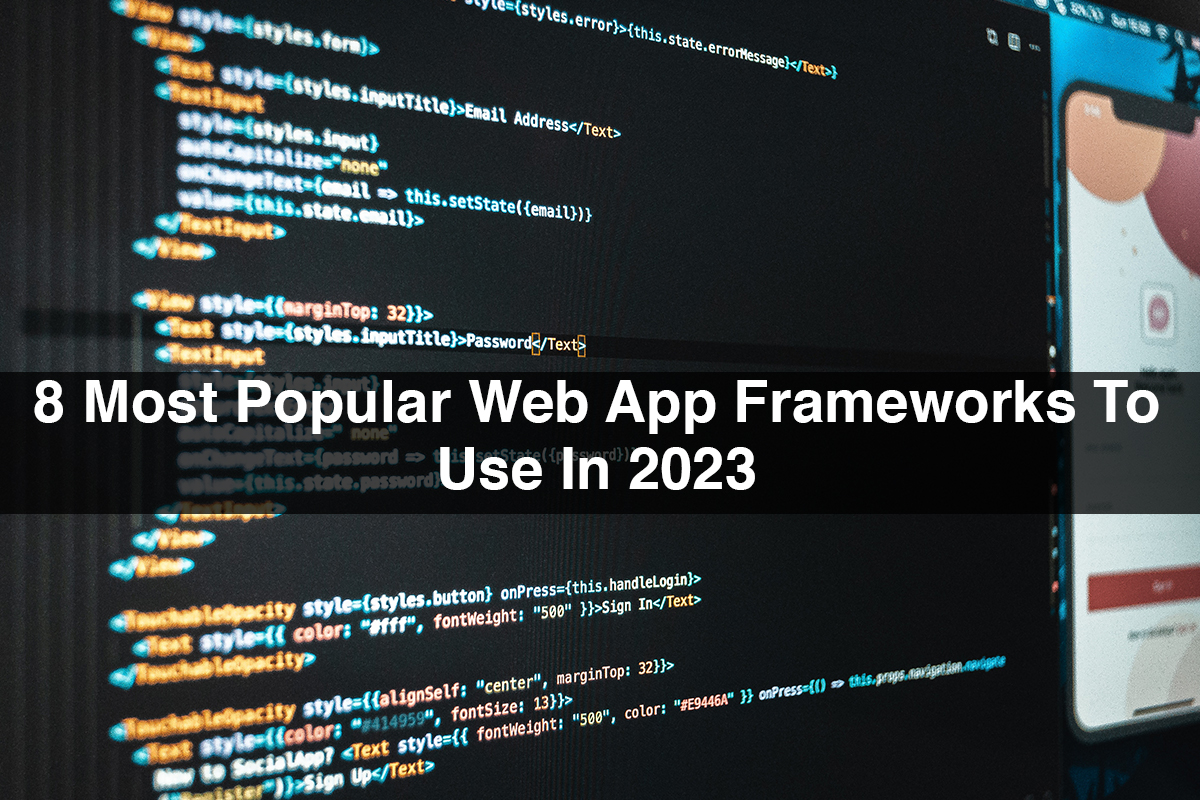8 Most Popular Web App Frameworks To Use In 2023
Frameworks have become an essential part of web development as web application standards continue to grow, as does the complexity of the technology required. It’s completely unreasonable to reinvent the wheel for such sophisticated techniques assuming an reinvent it all. Therefore, using frameworks supported by thousands of developers around the world is a very sensible approach to building rich and interactive web applications.
Web app frameworks
-
React.js
React.js is a JavaScript library used to create user interfaces for web applications and mobile single-page applications. It was developed by Facebook, Instagram and some of their third-party developers as an alternative to AngularJS. It’s very common for web development teams to standardize on a set of preferred frameworks to more easily share code between multiple projects while ensuring optimal performance.
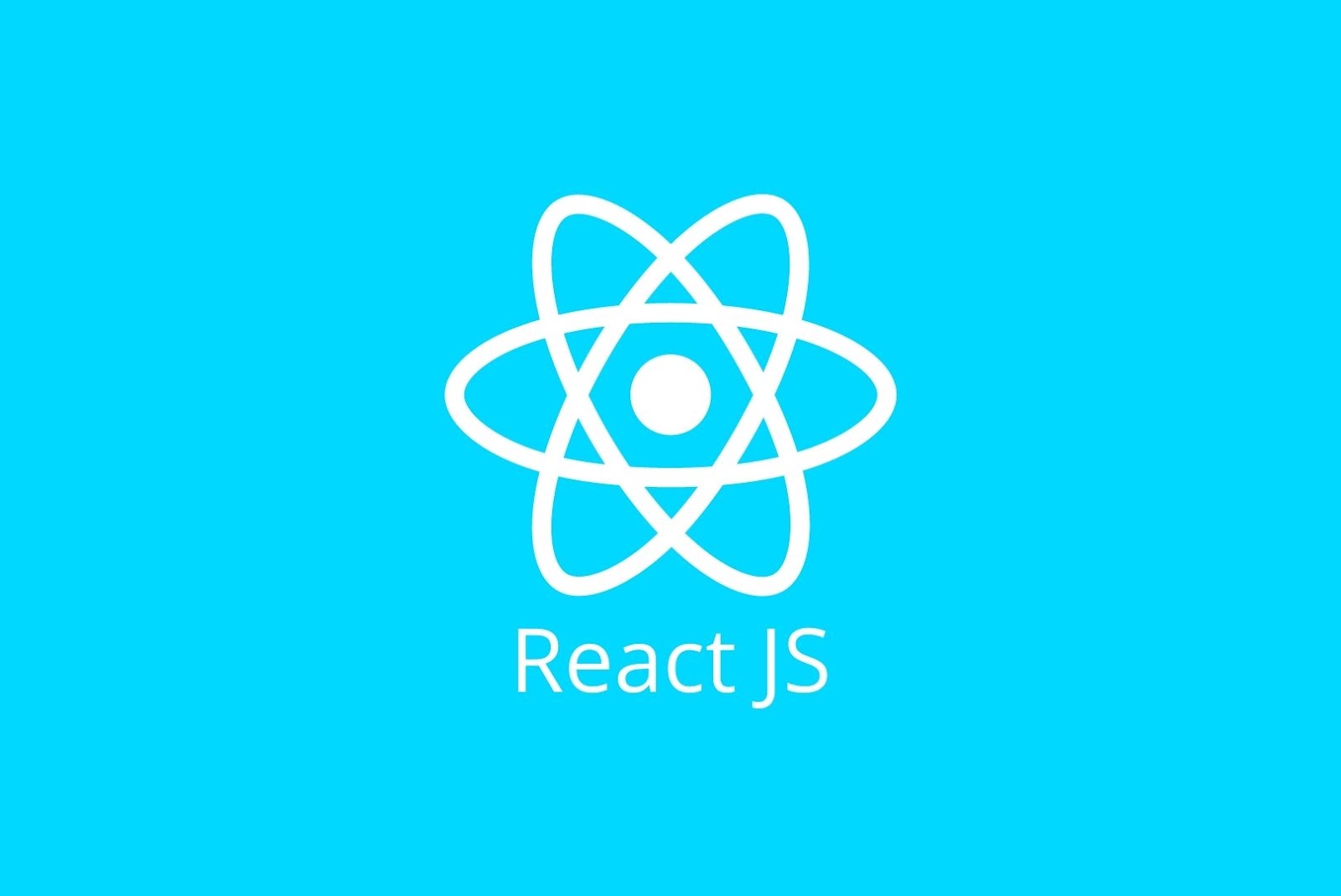
2. Angular
Google’s Angular framework is a popular choice for developers and designers who want to create interactive web applications. Angular’s popularity comes from its versatility. It can be used for any type of app, whether you’re building a web app, a native mobile app, or even a desktop app. It uses declarative programming that makes it easy to create user interfaces and handle data bindings between views and models.
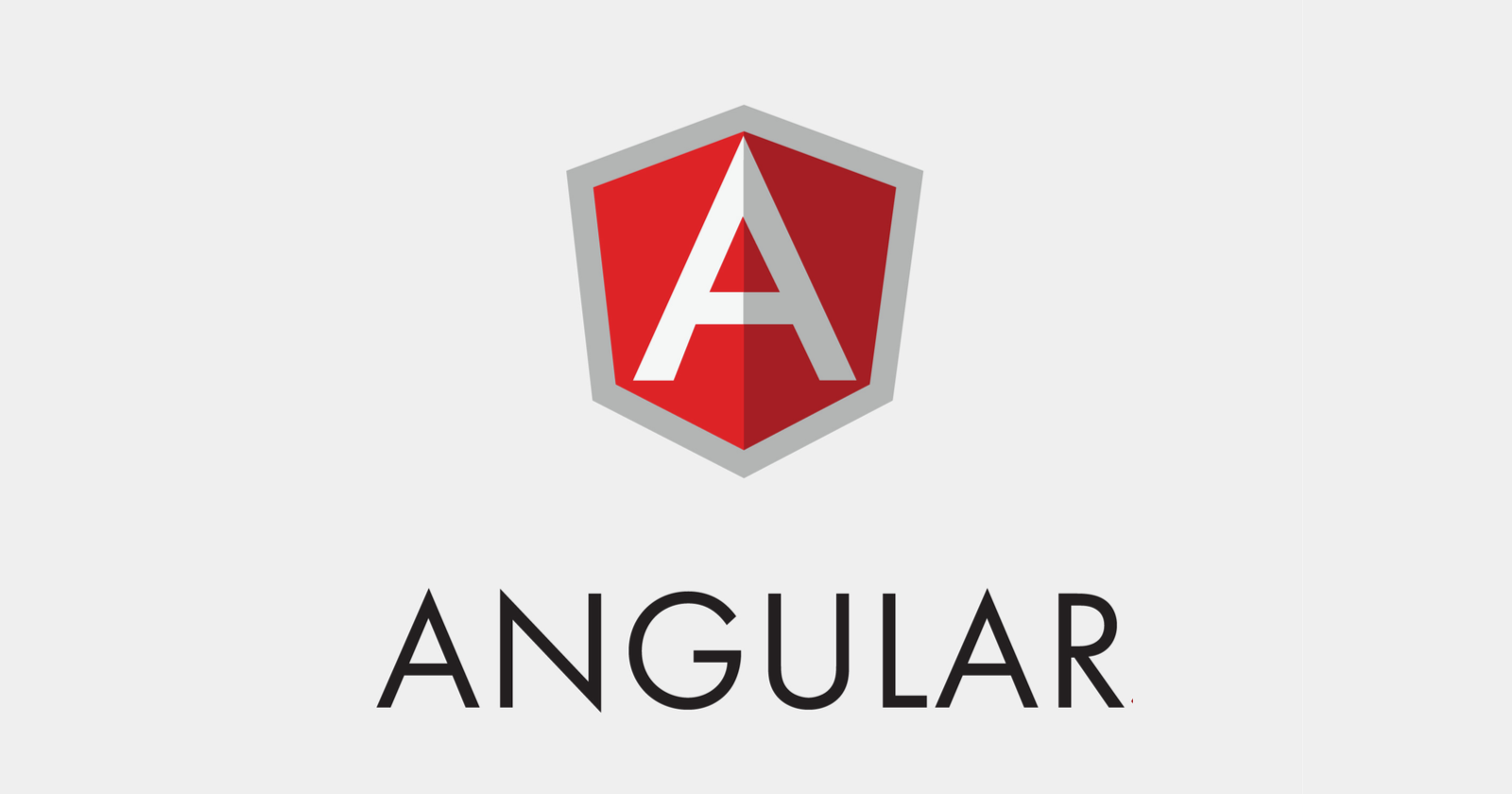
-
Vue.js
Vue.js is one of the best web development frameworks for creating user interfaces. It is often considered as a competitor to Angular and has gained immense popularity within a short period of time. If you want to create fast, simple and intuitive UI components for your next project, Vue might be the right choice for you. Like most modern JavaScript frameworks, Vue can be used to build Single Page Applications that can communicate with APIs over HTTP.
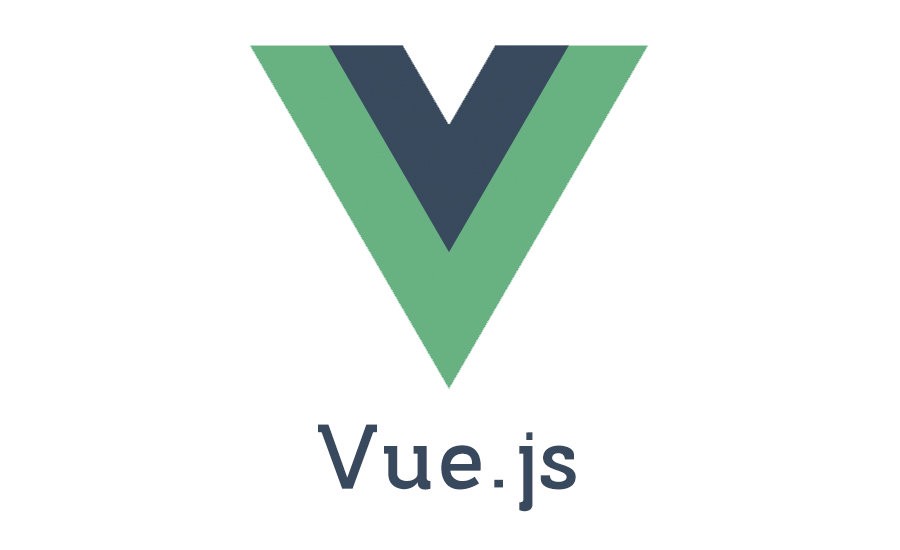
4. Aurelia
It also includes integration with all your favorite development tools so you can use one language for everything you build. It offers a seamless out-of-the-box experience, so developers can start working on new projects right away without having to set up infrastructure or worry about configuration issues.
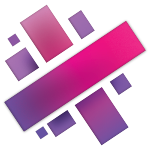
5. Meteor.js
Meteor is a free and open-source JavaScript framework for building high-end web applications in a fraction of the time, whether you’re an experienced developer or just starting out. Meteor makes it easy to set up your project, create a great user interface, add mobile support, easily access data from anywhere using simple APIs, and publish your application using meteor deployment.
6. Ember.js
Ember.js is a JavaScript web framework that allows you to build scalable single-page web applications that load instantly, run everywhere, and are easy to test. Designed around the convention of configuration philosophy, the Ember architecture takes care of much of what developer’s dislike about traditional web development.
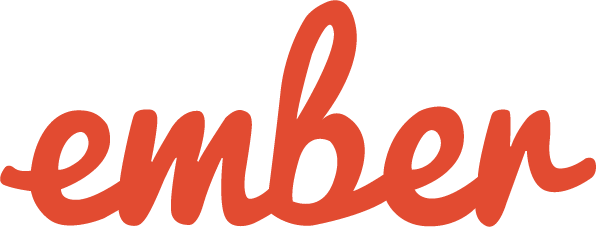
7. Ext JS
Ext JS is an open-source JavaScript framework for building interactive cross-platform applications using HTML, CSS, and JavaScript. It enables the rapid development of rich web interfaces for desktop and mobile environments. The main feature of Ext JS is that its components are available by default on all supported platforms.
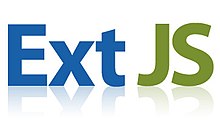
8. Polymer.dart
Polymer.dart is a web development platform built on Dart. Polymer is a library that encapsulates reusable design patterns and adheres to Google’s Material Design standards, allowing designers and developers to create consistent environments using familiar HTML elements.
Conclusion
If you don’t have a strategy in place from day one, your website will struggle with your competitors. This list is just a few of the many web development frameworks and programming languages available on the market today.
